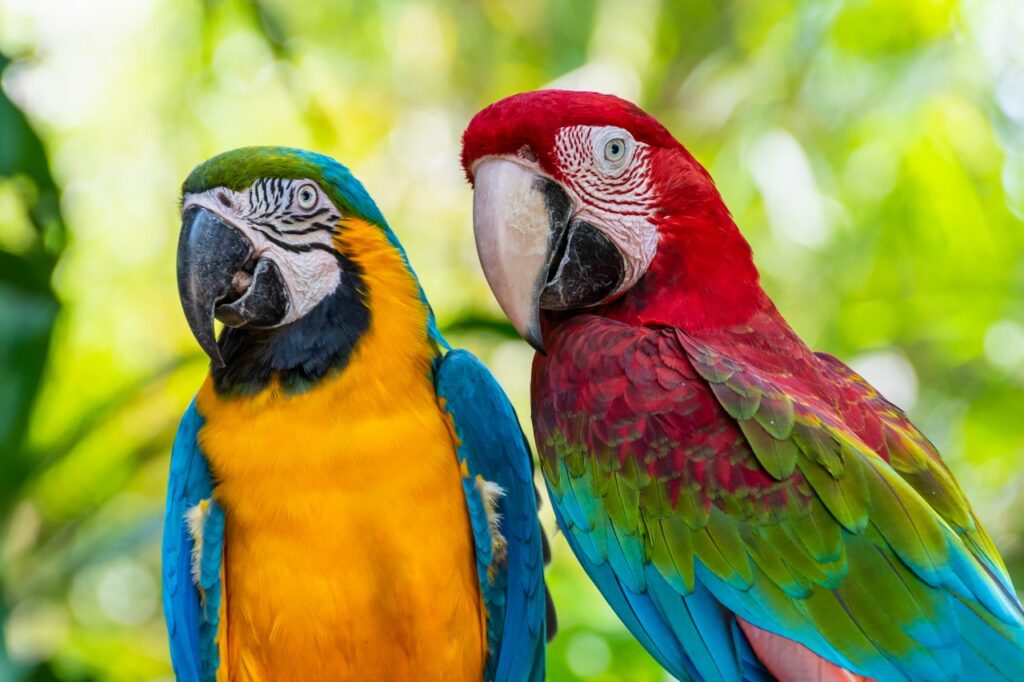Roses are red, violets are blue - the world in all its beauty appears colorful and bright. But a closer look reveals a different picture: In reality, the world is not as colorful as we see it.
Nicht glauben, sondern wissen






